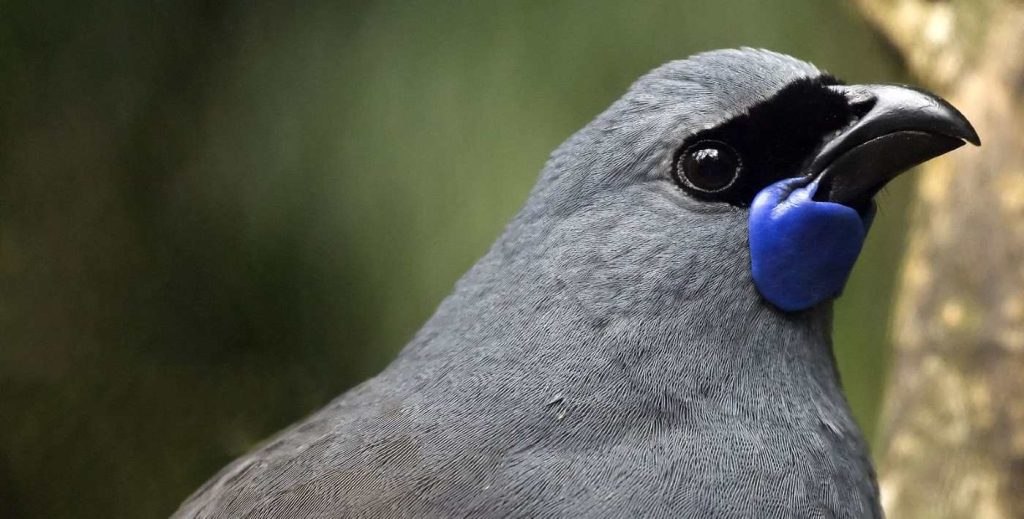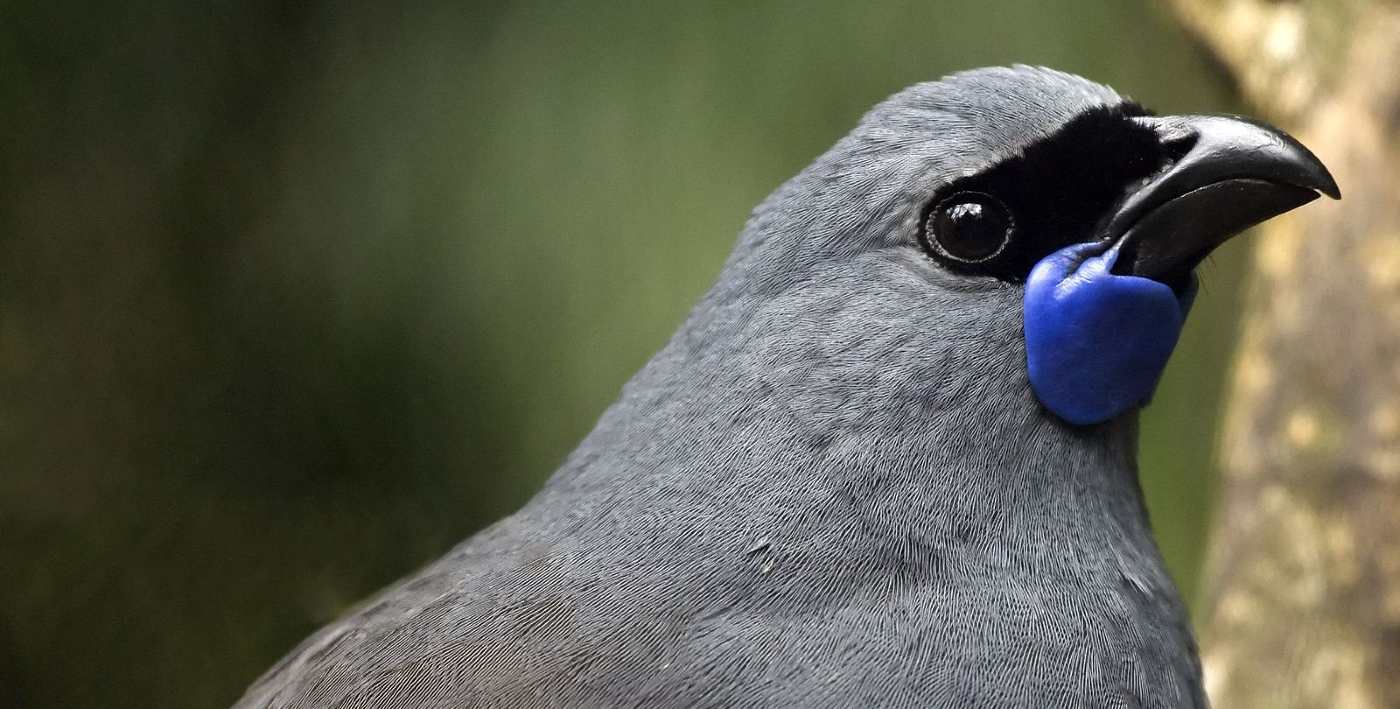
A metaphorical wanted poster has been pinned to the wall of the eBird app as conservationists hope birders can help find 10 majestic bird species lost to science.
Called The Search for Lost Birds, it’s a partnership between Re:wild, American Bird Conservation, BirdLife International, and the Cornell University Lab of Ornithology and their eBird app which has more than 700,000 users worldwide.
Re:wild used to be called the Global Wildlife Conservation, and created a much-publicized list of the “25 Most Wanted” lost species a few years ago. Building on successes that saw them find six of the 25 within just three years, including through expeditions to far-off Somalia, Vietnam, Madagascar, and the Indonesian island of North Moluccas—they are now launching “Top 10” lists for each animal group.
Some of these birds haven’t been seen for a decade, others for a century. They include species which vary in size from a finch to a falcon.
“During the past five years, since we launched the Search for Lost Species, our list of species that could be considered lost has grown to more than 2,000,” Barney Long, senior director for conservation strategies for Re:wild, said in a statement.
“We never planned to look for all of them alone, but to encourage others to search and develop partnerships to help. Through this new partnership we’ll be able to get more targeted expeditions in the field. If we can find these lost birds, conservationists can better protect them from the threats they face.”
Good hunting
While none of those one billion eBird sightings contain these lost species, birding has been used reliably in citizen science projects before.
The top 10 most-wanted lost birds are currently:
- Dusky tetraka, last documented in 1999 in Madagascar
- South Island kōkako, last seen in 2007 in New Zealand
- Jerdon’s courser, last seen in 2009 in India
- Itwombe nightjar (or Prigogine’s nightjar), last seen in 1955 in Democratic Republic of Congo
- Cuban kite, last seen in 2010 in Cuba
- Negros fruit-dove, last seen in 1953 in the Philippines
- Santa Marta sabrewing, last seen in 2010 in Colombia
- Vilcabamba brush-finch, last seen in 1968 in Peru
- Himalayan quail, last seen 1877 in India
- Siau scops-owl, last seen in 1866 in Indonesia
The Search for Lost Birds partnership is launching an expedition to try and find the Siau scops-owl, after unconfirmed reports of a bird matching its descriptions were sighted. The Dusky tetraka will also be the subject of an expedition, while efforts to located the South Island kōkako have yielded 300 reports of its haunting call in recent months.
RELATED: Iconic Pink Flamingos Are Coming Back and Standing Tall in Florida
Playing on this natural instinct for sighting animals that birders have, and which makes Pokémon so popular with all age groups, has hidden benefits as well. An expedition to find the Sinu Parakeet in Colombia, part of the original 25 Most Wanted, yielded dozens of sightings of birds never seen before.
And two birdwatchers from an Indonesian birding club recorded a sighting last year of Asia’s longest missing bird, Borneo’s black-browed babbler. It’s this natural curiosity mixed with the scientific method at a $0 input that makes birdwatchers so valuable in the struggle to conserve bird species.
If a birdwatcher is heading out to India, Madagascar, or any other location on this list, keep the animal and habitat in mind, and a major contribution to science is possible.
FLY This Story Over to Eagle-Eyed Birders in Your Life…




















